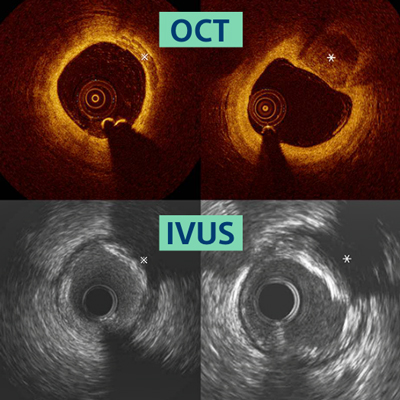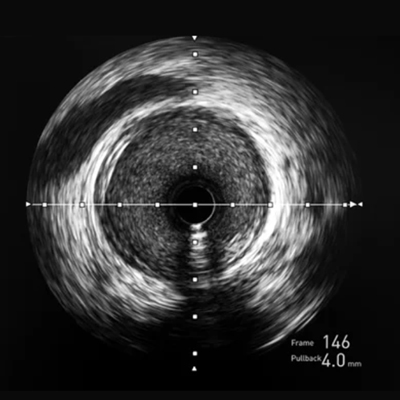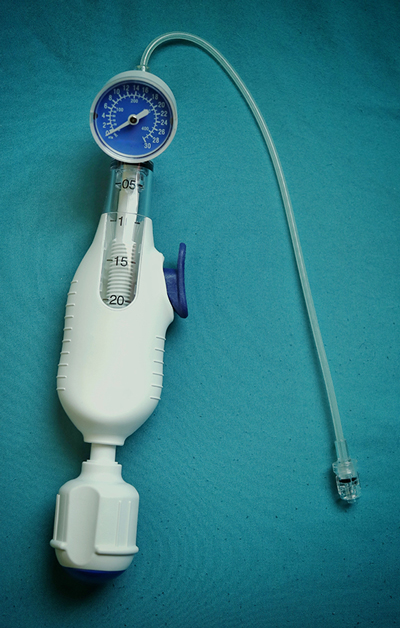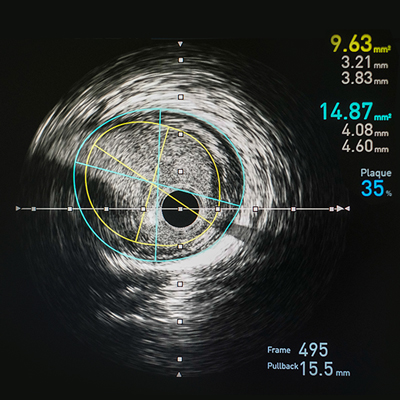
The Power of Precision
High Definition Intravascular Imaging
High Definition Intravascular Imaging
High-definition intravascular imaging is a cutting-edge medical technology that provides detailed and real-time visualization of blood vessels from within. It allows medical professionals to observe and diagnose cardiovascular conditions with exceptional clarity and precision. By utilizing advanced imaging techniques, this technology enhances the accuracy of diagnosis and improves treatment outcomes.
All About IVUS Guided Angioplasty
Moreover, coronary intravascular imaging is vital in guiding complex coronary interventions, such as chronic total occlusions and bifurcation lesions. It provides critical information regarding vessel anatomy, plaque distribution, and lesion severity, facilitating the selection of appropriate interventional techniques and devices.
Frequently Asked Questions
How safe is high-definition intravascular imaging?
High-definition intravascular imaging techniques, such as IVUS and OCT, are generally safe when performed by trained professionals. However, there may be a slight risk of complications associated with inserting catheters or using contrast agents.
Does high-definition intravascular imaging replace traditional angiography?
No, high-definition intravascular imaging does not replace traditional angiography. It complements angiography by providing additional information about vessel wall characteristics and plaque composition, improving diagnostic accuracy and treatment planning.
Can high-definition intravascular imaging detect all types of plaque?
High-definition intravascular imaging can detect various types of plaque, including calcified, fibrous, and lipid-rich plaques. However, individual plaques, such as microcalcifications or necrotic cores, may be challenging to visualize accurately.
How long does an IVUS-guided angioplasty procedure take?
The duration of an IVUS-guided angioplasty procedure varies depending on the complexity of the case and the operator’s expertise. On average, the procedure may take around 30 to 90 minutes.
Subscribe to Platinum For Heart Newsletter
Sign up now and get free access to our monthly newsletter on Heart health & More
Sources:
1. www.indianheartassociation.org
2. www.cardiosocietyindia.com
3. www.aiims.edu
4. www.medanta.org
Disclaimer: The information presented by Boston Scientific Corporation is for educational purposes only and does not recommend self-management of health issues. The information should not be treated as comprehensive and does not intend to provide diagnosis, treatment or any medical advice. Individual results may vary and hence, it is advisable to consult your doctor regarding any medical or health related diagnosis or treatment options.
IC-1660101AA-0823



